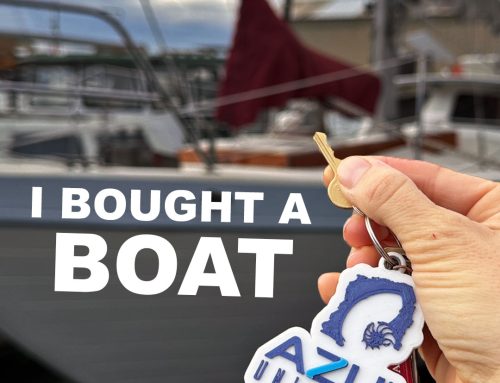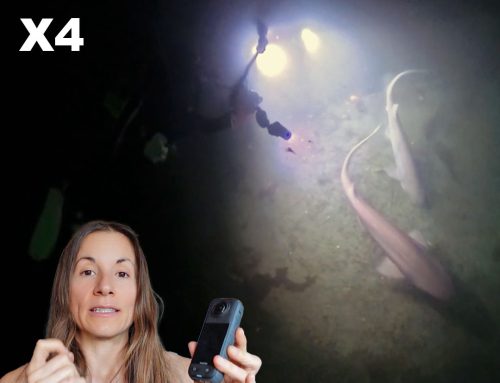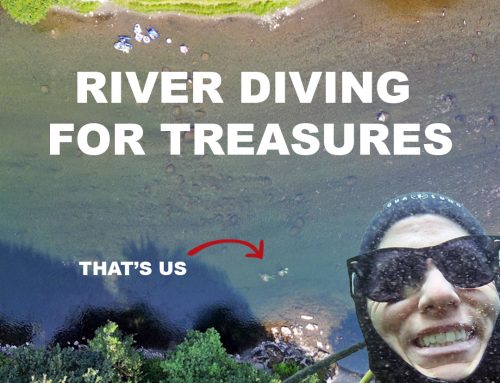Failing the Freediving course hit me hard…
Freediving or Rebreather???
The cool thing about freediving vs scuba diving is that, without the bubbles, you can get close to creatures without scaring them. That means, if you’re into videography and photography, you can have a lot of success getting the shots you want while freediving. You could also get into rebreather diving, but like, that’s not for those of us on a budget…
Freediving at Dive Ninja Expeditions
I met a fellow traveler, James, who had just gotten into spearfishing, but didn’t have experience with the ocean or freediving, so I convinced him to join me for the first level freediving course at Dive Ninja Expeditions.
Relax and breathe with me on Patreon
Freediving is something I’ve been drawn to for a long time because of my yoga practice. And actually, my Patreon Yoga class for this month revolves around the relaxation and breathing exercises I practiced during the course. If you’d like to join the community to practice with me, join the Yogi Diver tier.
Because of my interest in the sport, this was not my first experience trying to get certified. I went through the course with SSI over 7 years ago in Playa del Carmen, and I failed. I left it feeling discouraged and didn’t try the sport again until a couple of years ago. Now felt like the perfect time to give it another try.
A breakdown of the PADI Freediving Course
The freediving course is structured similarly to the open water scuba diving course.
You do online theory, review key points with your instructor, practice skills in the pool, and finish the course in open water.
Two types of equalization
Frenzel equalization: Use the back of your tongue to push the air in your mouth into your eustachian tubes.
Valsalva equalization: Use your diaphragm to push air from your lungs into your eustachian tubes.
Valsalva can work at shallow depths, but it’s extremely inefficient and is sometimes impossible for some people when they’re upside down. When you go for deeper diving, your lungs become so compact that it’s impossible to continue equalizing this way. That’s why the frenzel is the chosen technique for freedivers.

A struggle specific to scuba divers
Many scuba divers experience the same struggles I had. Since we are accustomed to having plenty of air and continually breathing, it’s easy to fall into the valsalva equalization technique.
The freediving mental game
But the real issue for freediving is the mental game. During my course in Playa del Carmen, I got a narrative stuck in my brain, “I can’t equalize with my head below my feet.” And there it stayed for over 7 years.
Donna kept reminding me that it was just a story I was telling myself and all I needed to do was to let go and relax.
Easier said than done.
But then again, the last couple of years have been about letting go, so I didn’t give up.
Extending the breath hold
In breath holds, we work on befriending the sensations of CO2 buildup in the body. Everyone experiences this differently, but some of the common responses include:
- Mental gymnastics
- Tension in the throat or salivating
- A desire to swallow
- Contractions from your diaphragm
Extending the breath hold is about relaxing through those initial warning signs your body gives you and becoming familiar with the different alerts.
Confined water practice
In the pool, you work on static and dynamic apnea, then finish with an unconscious diver rescue. Static apnea is focused on no movement, extending the breath hold, while dynamic is about working on the swimming technique while holding the breath.
Safety and shallow water black out
The biggest reason I wanted my friend to take the course is safety. In freediving, you have to watch out for shallow water black out. This usually happens when you hyperventilate at the surface to get your CO2 levels down, then dive down, enabling you to extend your bottom time because you don’t have your normal CO2 body responses. Because of that, you use more O2 at depth. Once you start your ascent, the partial pressure of O2 drops below the level that keeps you conscious, and you pass out. The passing out isn’t necessarily the issue. The issue is: you’re in water, which means you drown.
People die every year from shallow water black out, so it’s nothing to take lightly, but by diving with buddies and following the techniques practiced in the course, the chances of it happening are decreased substantially.
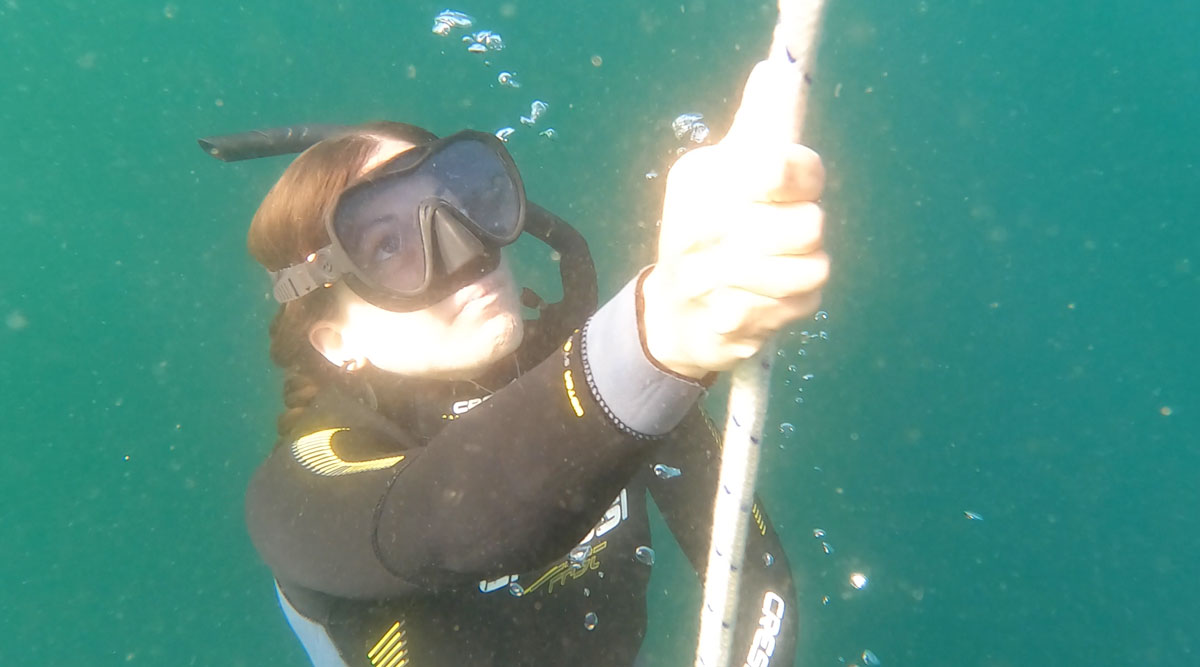
Other issues people experience in the course
- Ear problems unrelated to technique: Being a little congested or simply not having sinuses accustomed to equalizing can make it a challenge.
- Position in the water: It’s easy to arch your back while freediving. Little fixes like tucking your chin and changing your gaze point help.
- Finning: This is another one I struggle with. I want to frog-kick so bad. Freediving finning is about full movement from the hip, kicking from the front body to the back body evenly.
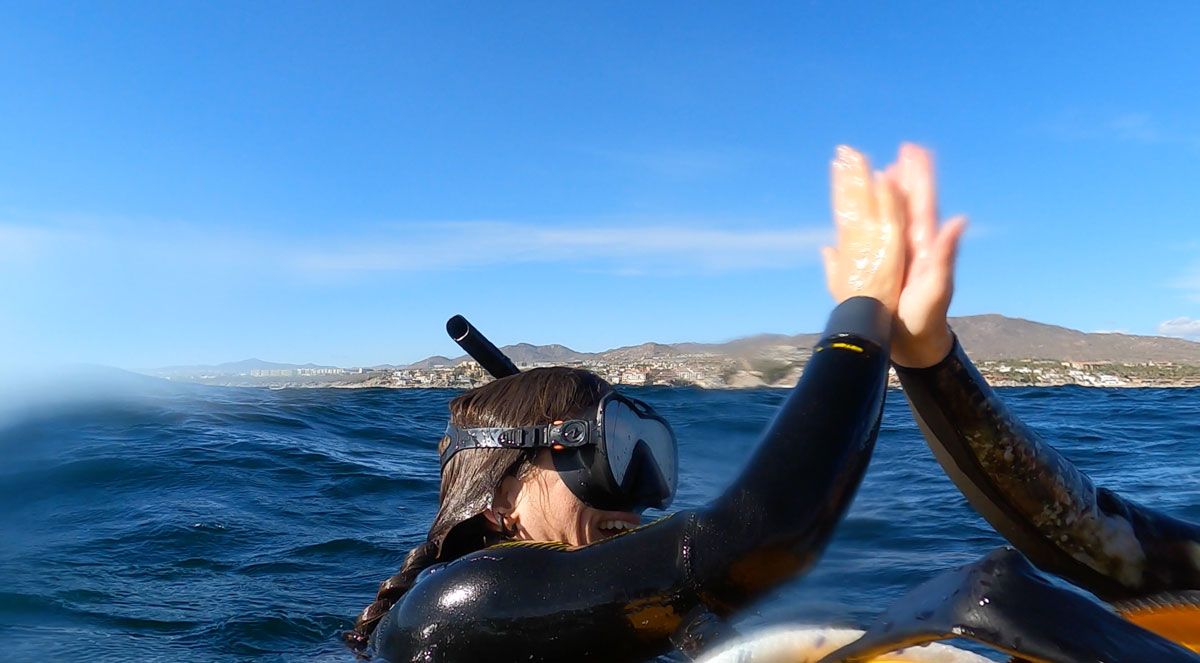
Freediving course takeaways
Even if you don’t plan on freediving regularly, the course is a fascinating way to get to know your body. You’ll see just how far your breath can take you. Also, the exercises will make you feel more confident and safe in the water. I highly recommend the training, but be sure to do it with an experienced instructor who can really support you and your struggles.
Future Azul Unlimited dive expeditions
If you want to join me on my next trip, sign up for Patreon (and get trip discounts) or my email list for first dibs on boat spots.






